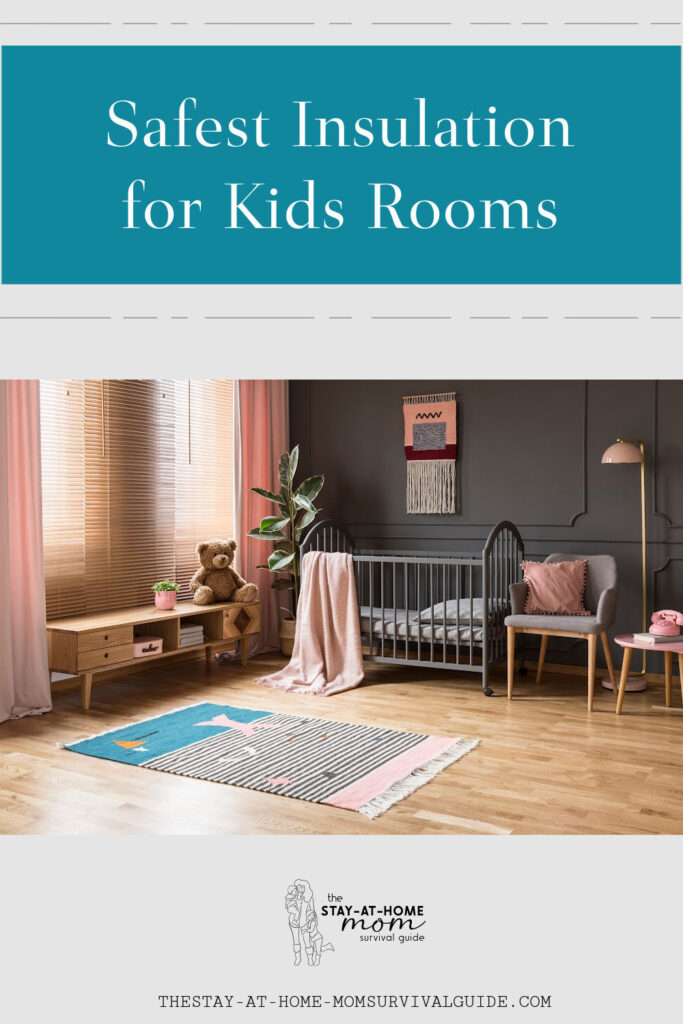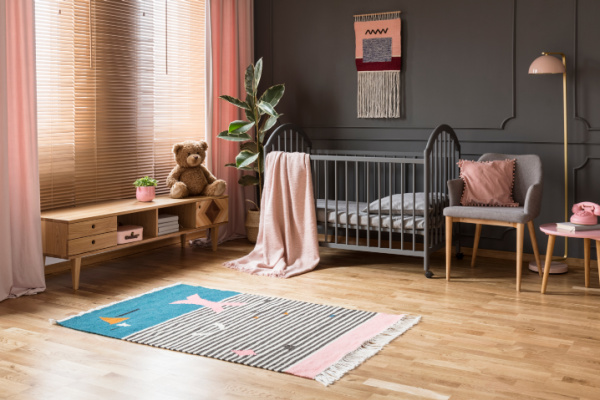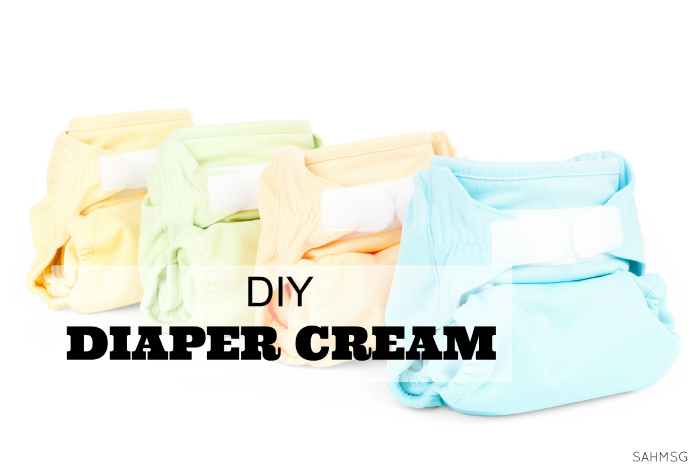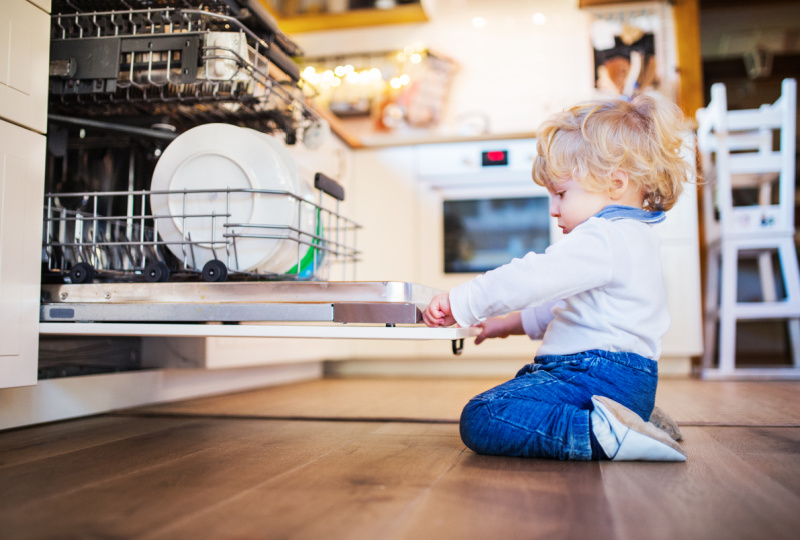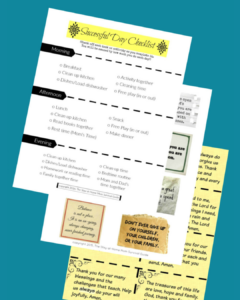As parents, providing a safe and comfortable sleeping environment for our kids is one of our top priorities. The materials used to insulate their bedrooms can significantly impact indoor air quality and their long-term health. At the same time, it may seem like a mundane topic, but choosing the right insulation type is an important decision that requires careful consideration.
In this article, we will explore the various insulation options on the market and highlight the types that independent research has shown to be among the safest for kids’ bedrooms. By learning about the pros and cons of different materials, you can make an informed choice that will allow you and your children to rest assured they are surrounded by clean, breathable insulation as they drift off to dreamland each night.

Top Insulation Types for Children’s Bedroom
When considering insulation, there are a few key factors to consider: material, thickness, price, and, most importantly, safety. Let’s delve into the top insulation types for children’s bedrooms, weighing the benefits and drawbacks of each.
Fiberglass Insulation
Fiberglass insulation, made from finely spun glass fibers, is one of the most common types of insulation used in homes today. It’s affordable and highly effective at trapping heat, making it energy-efficient. However, it’s crucial to ensure it is properly sealed off, as the small glass fibers can be harmful if inhaled or come into contact with skin.
Mineral Wool Insulation
Mineral wool insulation, comprised of either rock wool or slag wool, is another prevalent choice. It provides excellent soundproofing and is resistant to fire, mold, and mildew. However, like fiberglass, it can be irritating to the skin and lungs if improperly handled.
Cellulose Insulation
Cellulose insulation is made from recycled paper, making it an eco-friendly choice. It’s also treated with borate, making it resistant to pests, fire, and mold. The dust from cellulose insulation can be bothersome during installation, but once it’s in place, it doesn’t pose any significant health risks.
Spray Foam Insulation
Spray foam insulation expands to fill gaps, making it an effective insulator. It can also help reduce allergens entering the room. However, improper installation can lead to off-gassing, which can impact indoor air quality. It’s recommended to use a professional for installation.
Cotton Insulation
Cotton insulation, often made from recycled denim, is an environmentally friendly and safe insulation option. It doesn’t contain harmful chemicals or irritants, making it an excellent choice for a child’s bedroom. However, it’s one of the more expensive insulation options on the market.
Polystyrene Insulation
Polystyrene insulation, available in two forms—extruded (XPS) and expanded (EPS), offers excellent thermal resistance. It is lightweight and easy to install. While it does not pose any immediate health risk, it’s not the most environmentally friendly option due to its non-biodegradable nature.
Wool Insulation
Wool insulation, made from sheep’s wool, is an eco-friendly option with good thermal and acoustic properties. It’s safe to handle, and its natural ability to absorb and release moisture helps maintain a comfortable indoor environment. However, it can be more expensive than other insulation types.
Icynene Insulation
Icynene is a spray foam insulation composed of castor oil, which is known for its low VOC (Volatile Organic Compounds) content. It expands fully to fill gaps and cracks, providing excellent insulation and noise reduction. This option is relatively safe, but professional installation is required to ensure optimal performance and safety.
Reflective Insulation
Reflective insulation, also known as foil insulation, works by reflecting radiant heat, making it ideal for areas with high temperatures. It’s lightweight, easy to install, and poses no significant health risks. However, its insulation properties aren’t as strong as other materials, so it’s often used in conjunction with another type of insulation.

The Importance of Insulation for Your Home
Proper insulation in your home is about more than just comfort; it’s a key element in creating a safe, healthy environment for your children. Insulation provides many tangible benefits, from energy efficiency to noise reduction. Understanding these benefits can further emphasize the importance of selecting the right insulation for your child’s bedroom.
Energy Efficiency
A well-insulated home is energy efficient. Insulation can significantly reduce your heating and cooling costs by slowing the rate at which heat leaves your home in the winter and enters it during the summer. This energy efficiency not only saves money but also reduces your home’s environmental impact.
Comfort
Insulation also improves the comfort of your home by maintaining a consistent temperature from room to room. It prevents drafts and heat loss in the winter and keeps your home cooler in the summer, ensuring a comfortable environment for your kids throughout the year.
Noise Reduction
Insulation is effective at reducing noise transmission between rooms and from outside, creating a quieter, more peaceful environment. This can be particularly beneficial in your kids’ bedrooms, helping to ensure they get a good night’s sleep.
Improved Indoor Air Quality
Some types of insulation can help improve the quality of your indoor air by reducing the amount of dust, allergens, and pollutants that can enter your home. This can create a healthier environment for everyone in the house, especially children who may be more sensitive to these irritants.
Longevity of Home Structures
Insulation can also contribute to the longevity of your home. By managing the moisture level within your home’s structure, insulation helps to prevent problems such as mold and mildew, which can cause damage over time.
Safety
Certain types of insulation are fire-resistant, adding an extra layer of safety to your home. In the event of a fire, these materials can slow its spread, providing more time for you and your family to get out safely.
Final Thoughts
When it comes to selecting insulation for your child’s bedroom, safety should be your top priority. Consider the potential health risks and choose safe, non-toxic, and environmentally friendly materials. Proper insulation provides a comfortable living space and contributes to your family’s overall well-being.
Visit this website to learn more about the safest insulation types for your kids’ bedroom. Choosing the right insulation materials creates a safe, healthy, and comfortable space for your children to grow and thrive in.
Follow the SAHM Survival Guide:
Subscribe by email to receive weekly updates and free access to subscriber-only tips and tools. You can also join me over on Youtube, Facebook, Instagram, Pinterest, X, LinkedIn, or our private Facebook group.
